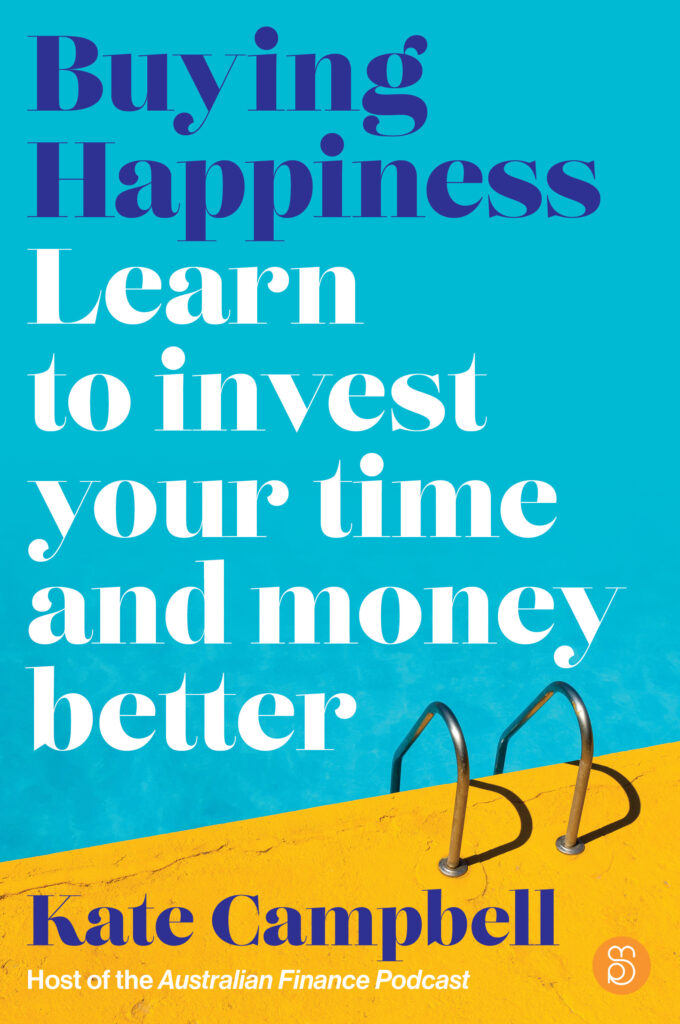
What to Consider When it Comes to Unlisted Property Funds
This article is part 3 of a 3 part series on commercial property and unlisted property funds in Australia, provided by Cromwell Property Group’s Head of Retail Funds Management, Hamish Wehl.
Today’s low-rate environment has increased investor demand in high-yielding unlisted commercial property. The current cooling of the residential property market is also leading many investors to look elsewhere for reliable property returns.
Unlisted property funds have proven popular as they are fairly easy to understand and provide a high level of transparency over which properties will be owned.
Before making an investment, there are many factors investors should consider when deciding if an unlisted property fund is the right option.
Financial advisers can assist in this decision process as they have access to independent research reports which compare property trusts, by organisations that have no link to the fund manager, such as Lonsec, Zenith, or Standard & Poor’s. In addition, managers also provide plenty of detail in their fund Product Disclosure Statement (PDS) documents.
Managers
When looking into a manager’s reputation, consider their experience, past performance, in-house investment expertise, and transparency around portfolio holdings and investment returns.
Assets
It’s also a good idea to take a look at the assets the fund invests in. The term ‘location, location, location’ applies as much to commercial property as it does residential. For example, are office or industrial assets in the ‘right’ part of town? Are they well connected to transport links? What level of vacancy exists in this area and are there other buildings becoming available?
There are other things to consider too, such as the quality of the building and its tenants, the rent being charged, and the lease term.
It is also important to consider the green credentials of the property, which are becoming increasingly important to tenants, such as large corporates and government agencies. Commercial buildings are now rated under the NABERS (an ongoing energy use rating) and Green Star (a green design rating) schemes. If your property doesn’t make the grade, you could be limited in who you can lease it to.
Yield and Risk
There is a direct relationship between yield and risk when investing in commercial property. Investors must decide how much risk they are willing to take on and choose the asset class and fund that matches their risk profile. The more yield a fund generates may indicate a higher risk exposure.
An important risk factor that investors should also consider is liquidity risk. Closed-ended unlisted property funds are considered illiquid assets, so if you expect you may need access to your investment before the fund term, an open-ended fund (with liquidity) may be more appropriate.
Costs and Fees
The manager will generally charge the fund acquisition fees, ongoing management fees, and various other fees depending on the individual fund, its assets, and its structure. ASIC requires all managers to display their fees and costs in a consistent format in the PDS. You, as an individual, will not pay these fees and costs, but any returns forecast will take these fees into account. If you invest via an adviser they may also charge you an entry fee.
Commercial property can be a great way to diversify an investment portfolio which could already include residential property, shares, and bonds.
Investing in an unlisted property fund, run by a skilled and trusted manager who can diligently acquire the right property, add value through quality management, and manage the day-to-day operations can make commercial property a relatively simple asset class to invest in.
The key is to make an informed choice to find the right manager and portfolio to deliver the regular income and capital returns that are intrinsic to this asset class.
To learn more about these investment vehicles and investing in commercial property, The Essential Guide to Investing in Unlisted Property Trusts educational e-book can be downloaded for free here.
Hamish Wehl – Guest Contributor
Want to learn more about money and personal finance? Check out our article archive, the How To Money Podcast and the Australian Finance Podcast. Catch us on Twitter @HowToMoneyAUS and Instagram on @HowToMoneyAUS.
Important Information
The information on this blog and website is of a general and educational nature only. It does not take into account your individual financial situation, objectives or needs. You should consider your own financial position and requirements before making a decision, as we are not an advisory service. We recommend you consult a licensed financial adviser in order to assist you. The information is based on assumptions or market conditions which can change without notice, and this will impact the accuracy of the information provided. This website and blog occasionally provide links to third-party sites, aimed at helping you gather the information required to make an informed decision — we may receive payment for these referrals.






